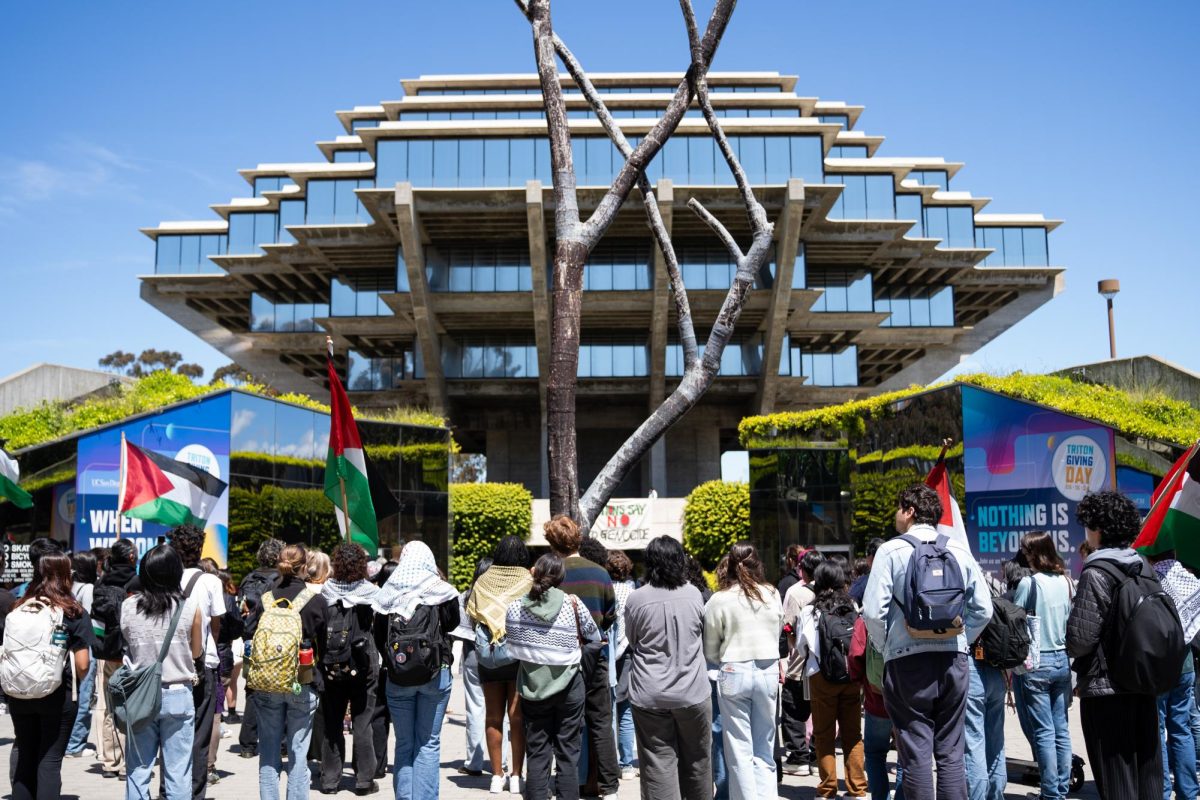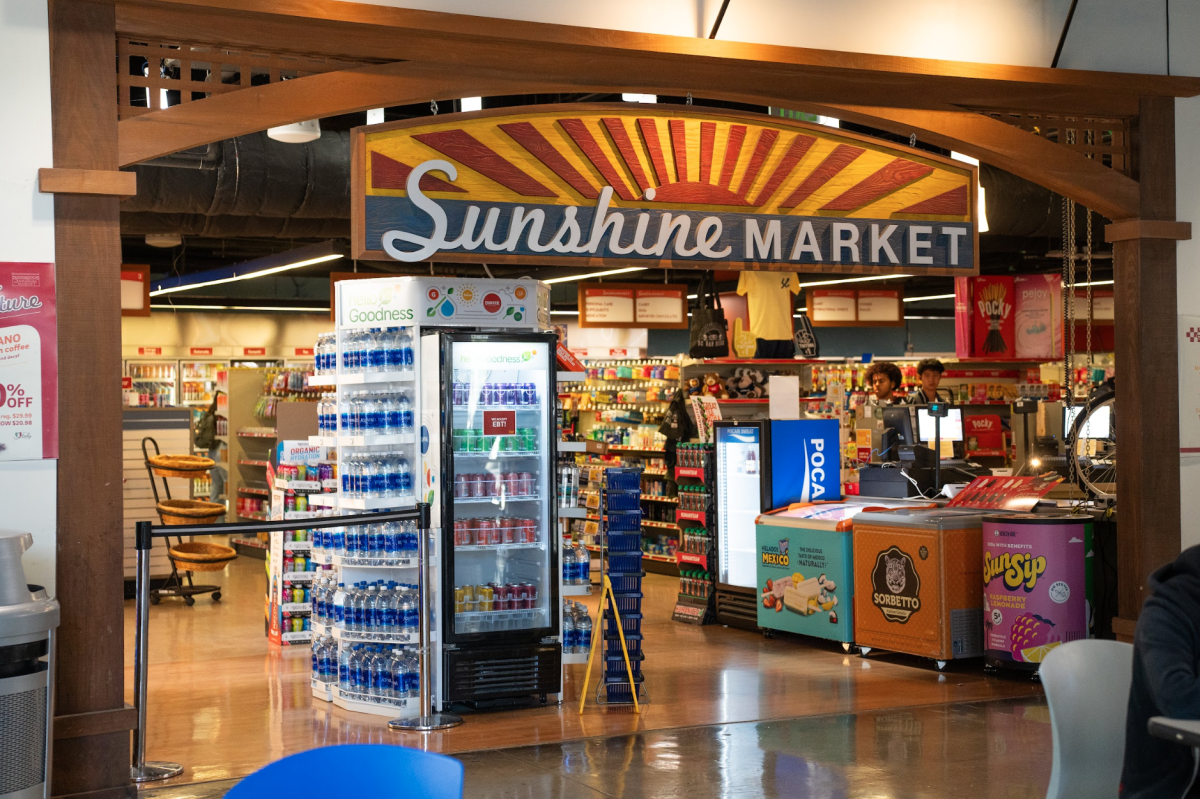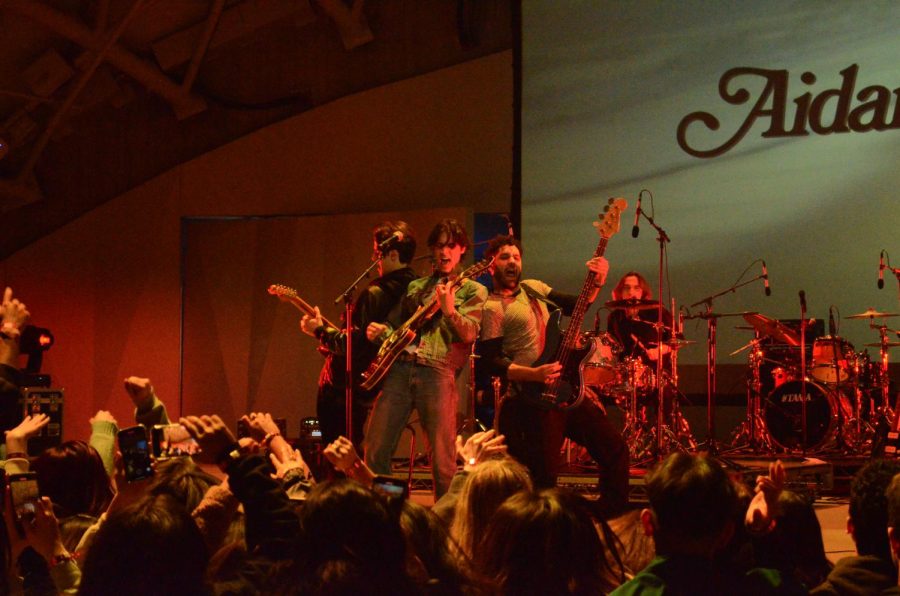More than 60 percent of UC buildings are reaching the end of their useful life or are already there, according to a report prepared by UC Senior Vice President for Business and Finance Joseph P. Mullinix. With more than half of the university’s space constructed in or before the 1960s, campuses are struggling to procure state funding to prevent and fix building problems.
In 1998, the regents approved a five-year bond program to fund highest-priority deferred maintenance projects in the UC system. However, California’s budget crisis forced the university to reduce the bond program in 2001-02 and suspend it entirely in 2002-03.
“‘Deferred maintenance’ is a polite way of saying that we’re not maintaining our buildings,” UC President Robert C. Dynes said.
Dynes plans to use some of the funds provided under the budget compact with Gov. Arnold Schwarzenegger to attend to some projects.
“Some of the compact money is there for some critical deferred maintenance, but not enough,” he said. “It’s by no means enough, but it’s the first time in four years that we’ll have any money for deferred maintenance.”
Assistant Vice Chancellor of Auxiliary and Plant Services Gary C. Matthews said that maintenance is an important issue for UCSD, although the school is in better shape than other UC campuses.
“Overall, the campus is in good health, though there are areas that need more attention than others,” Matthews stated in an e-mail. “UCSD is in good shape for a 40-plus-years-old campus.”
In order to provide critical maintenance when needed, the campus has conserved money by reducing trash collection frequency, cleaning on fewer days and reducing the use of full-service maintenance specialists.
UCSD was once funded on an annual basis for deferred maintenance, allowing administrators to replace building components that finished or exceeded expected life spans, according to Matthews. Administrators were also able to engage in the concept of “preventative maintenance,” which aimed to replace parts before failure.
Now, lacking deferred maintenance funding, UCSD finds itself unable to repair things in advance, he said.
“Without deferred maintenance funding, we have had to retreat to a level of service resembling ‘break-down’ maintenance, or in some cases, ‘too close to breaking for comfort,’” Matthews said. “To date, we have had no major failures, though we have had increased temporary outages and breaks.”
Increased elevator problems and the inability to fund upgrades for systems approaching the end of their operability are among the problems caused by a lack of funds.
Matthews said the preventative maintenance of new buildings has also increased the pressure on the campus’ funding problem.
“With the new facilities being constructed, we have also not received the total amount needed to care for them, causing a ripple effect that is impacting our ability to serve the entire campus,” Matthews said. “Many may think that new buildings need little care, but that is simply not true, and what we do during the first several years of operation has a tremendous impact on the life expectancy of the buildings’ total components.”
Matthews said that community members and university administrators must do their best to not waste valuable resources.
“We have been fortunate in that the campus was in very great shape before the cuts began,” Matthews said. “However, we will have only a few good years ahead of us if the resources are not forthcoming before the aging process will start to show. The longer we wait for some of these repairs, the more it will cost.”







